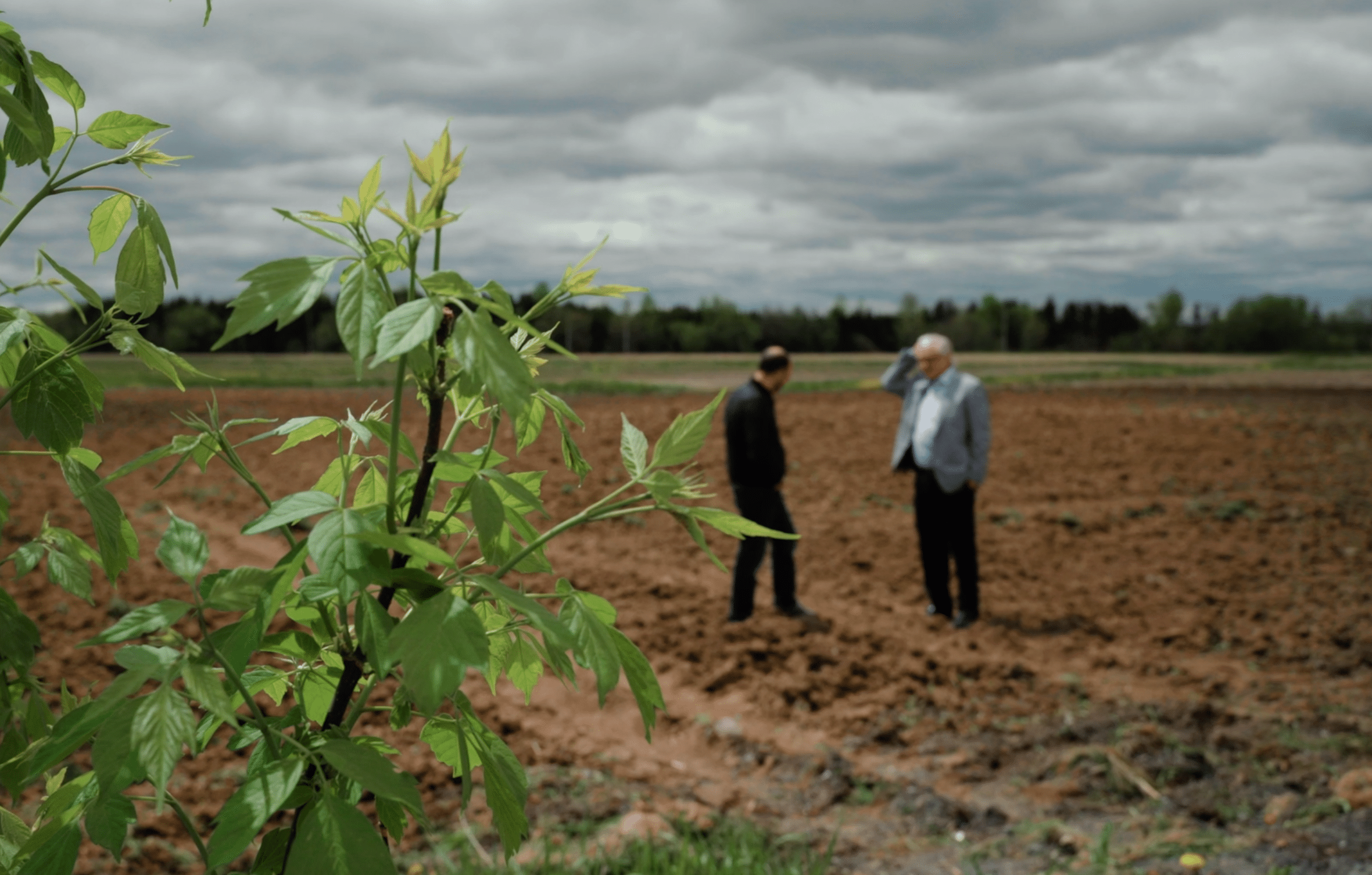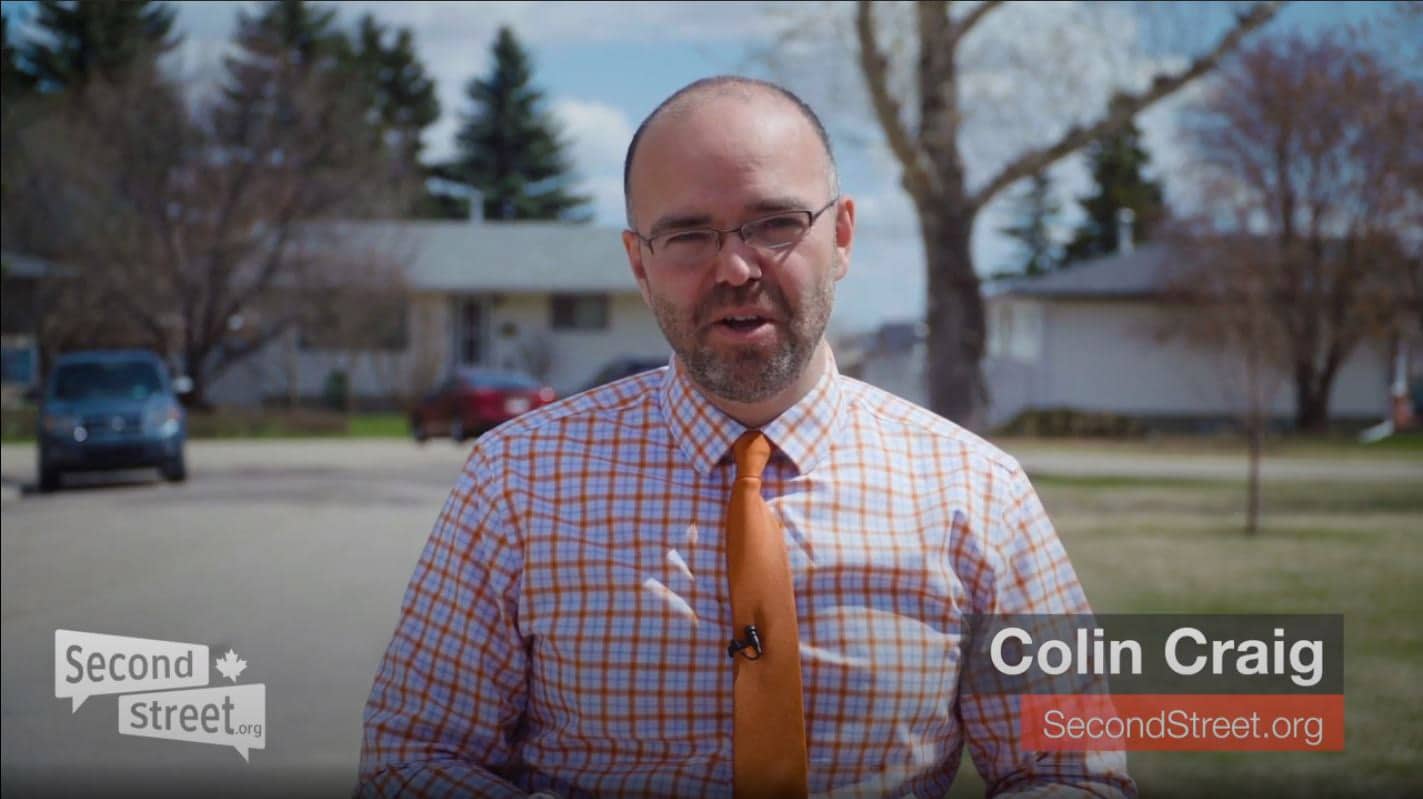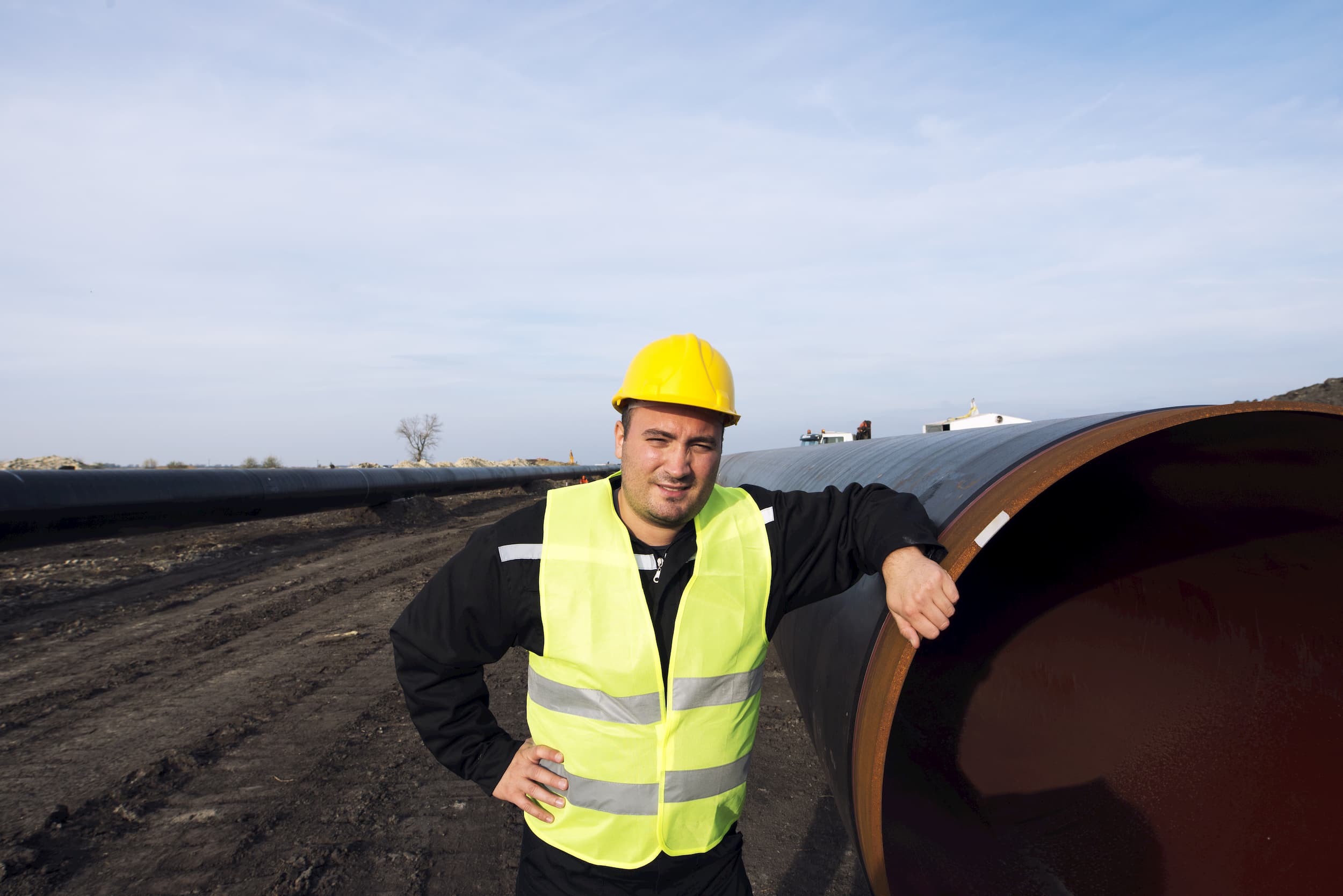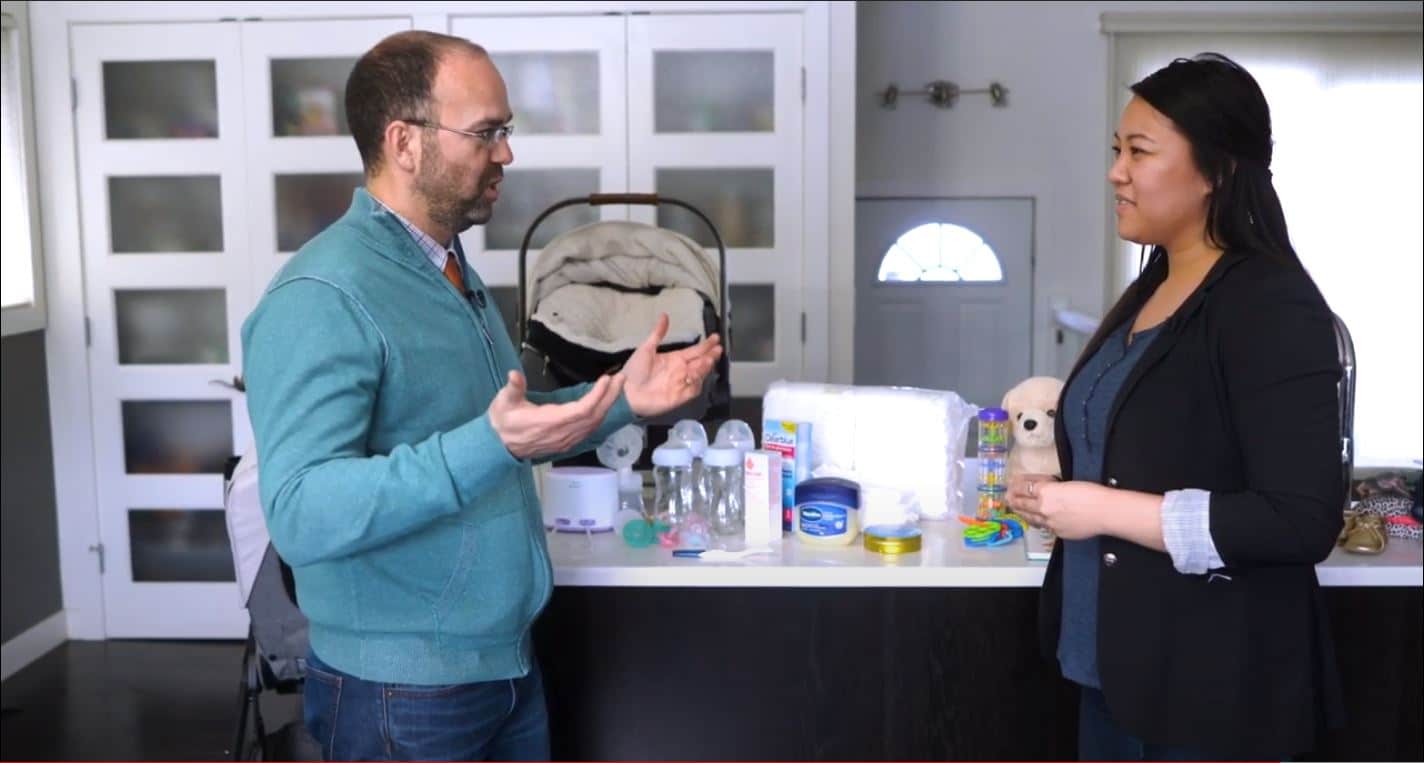
Quebec’s Green Opportunity
Why does Quebec spend billions of dollars each year importing natural gas when it could develop and use its own local natural gas resources instead? That’s what we investigated …

Why does Quebec spend billions of dollars each year importing natural gas when it could develop and use its own local natural gas resources instead? That’s what we investigated …

New Canadian think tank SecondStreet.org updated its list of stalled or cancelled major natural resource projects today following the Supreme Court’s rejection of an appeal for the proposed $1.5 billion New Prosperity Mine in British Columbia.

Just for starters, you’d have to walk to the grocery store…

As part of SecondStreet.org’s ongoing research into natural resource development, we contracted Leger to conduct some public opinion research. This policy brief summarizes the results of four oil and gas industry questions that we posed to the public between March 13 -16, 2020.

New Canadian think tank SecondStreet.org released public opinion research today that shows a majority of Canadians don’t have the same views towards the oil and gas sector that anti-oil environmental protestors often advocate.

The demands of certain environmental organizations to completely phase out oil and gas development and to “keep it in the ground” have been gaining in popularity. These demands are now reaching the ears of some politicians, whose decisions reflect a growing aversion to the use and development of petroleum and gas products.

Could you imagine raising a baby without using any products that are made from oil? Watch this clip and let us know.

Lesson for students: How would their lives be affected if we kept oil in the ground? What are some realistic things that students can do to help the environment?

Some people want governments to keep oil in the ground. Can you guess how that would that affect an electric car like a Tesla?

Some environmentalists want governments to simply “keep oil in the ground.” How would that affect your grocery store? We visited a grocery store in Winnipeg to learn more about how that would affect your shopping experience.

We have seen many news stories in the past few years about major oil, gas, and mining projects being cancelled in our country. SecondStreet.org recently tallied up the total for those projects and it’s a staggering number…

Following the recent cancellation of the Teck mine in Alberta, SecondStreet.org updated its list of stalled or cancelled natural resource projects in Canada since 2014. The value of those projects is now more than the equivalent of building an NHL-sized arena every day for a year.